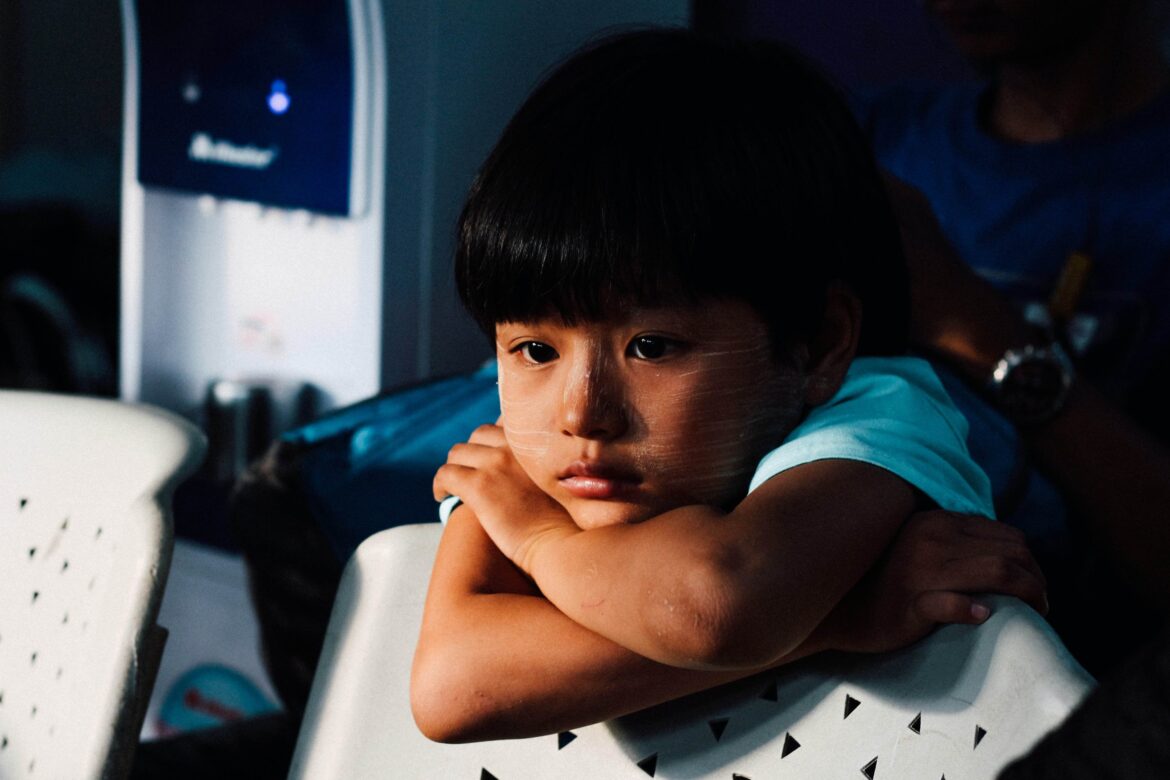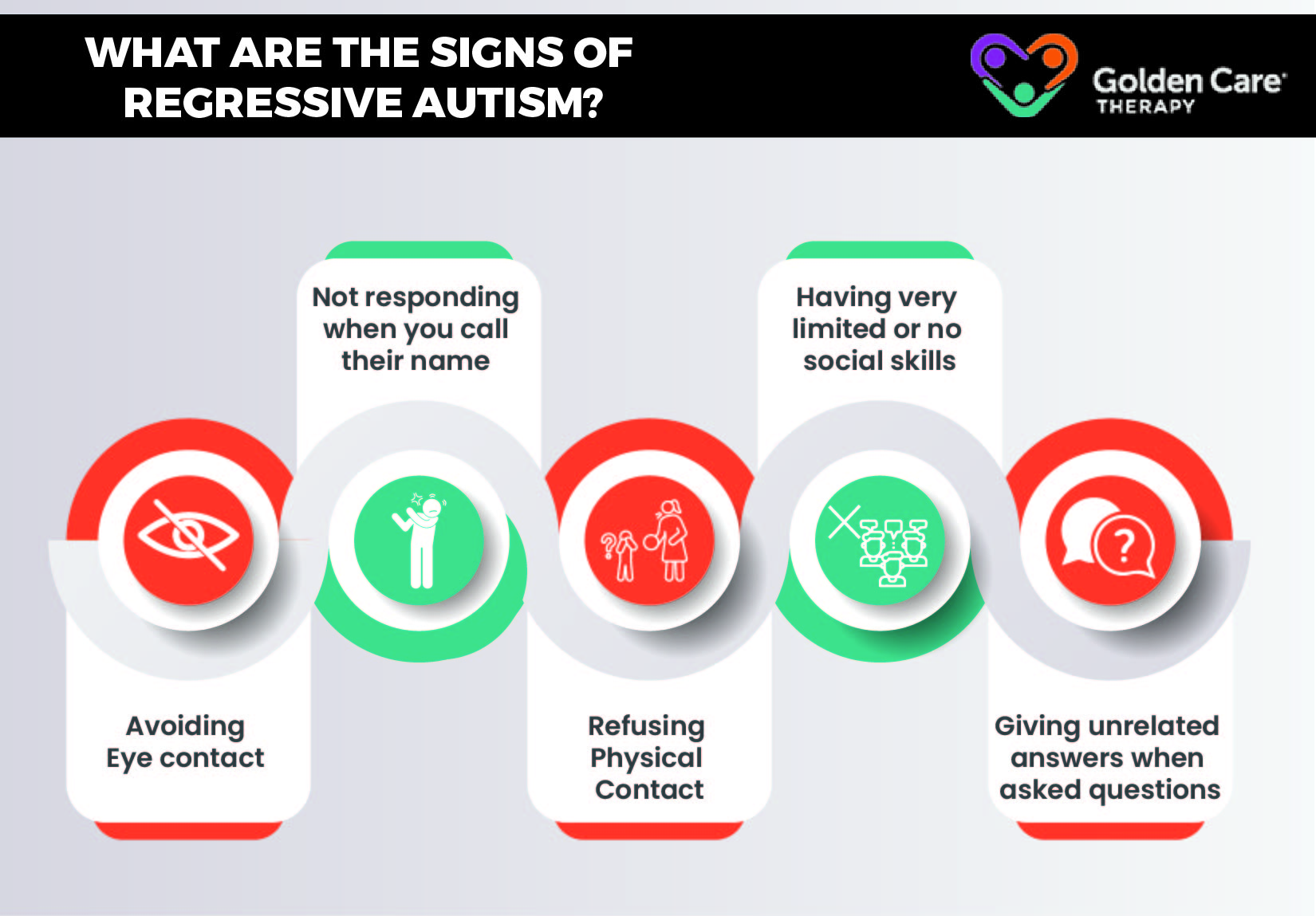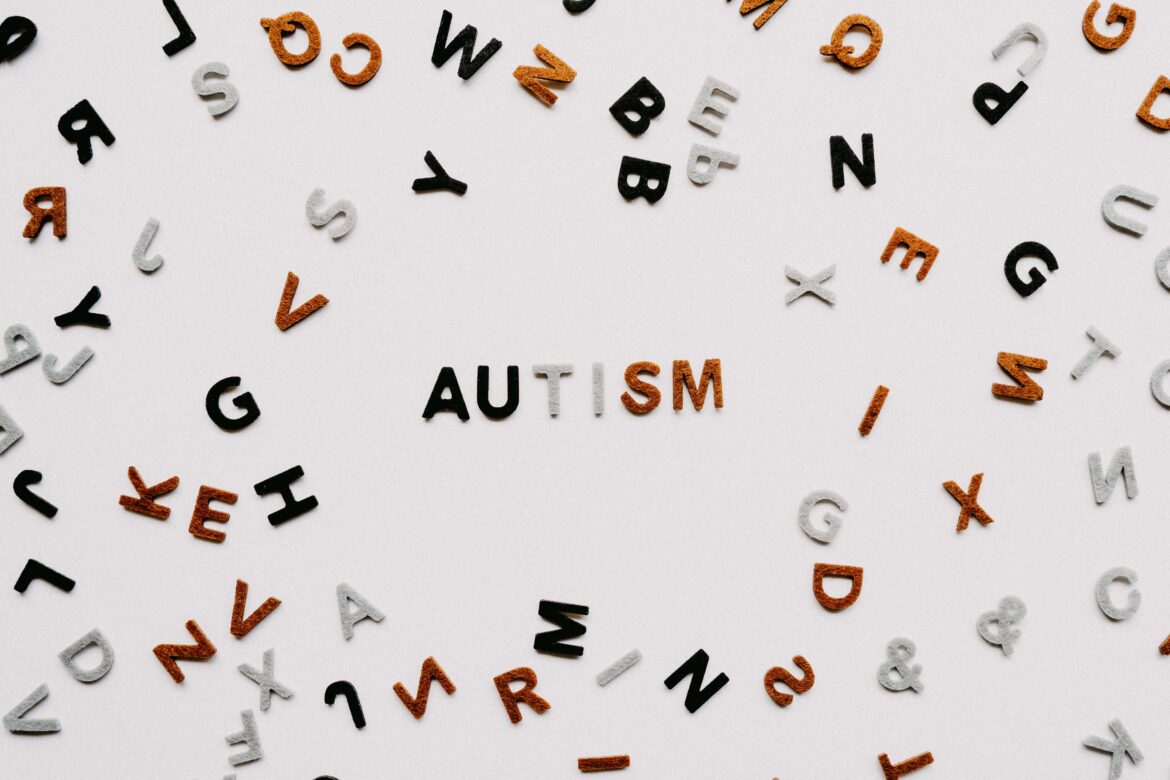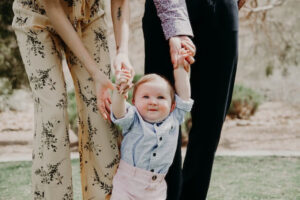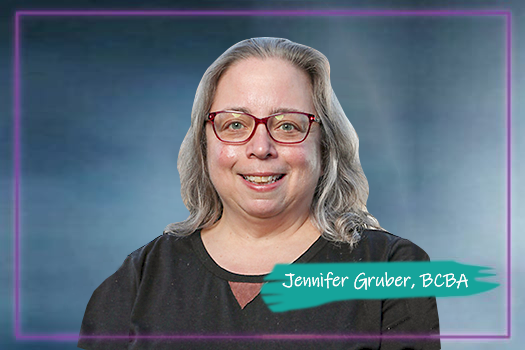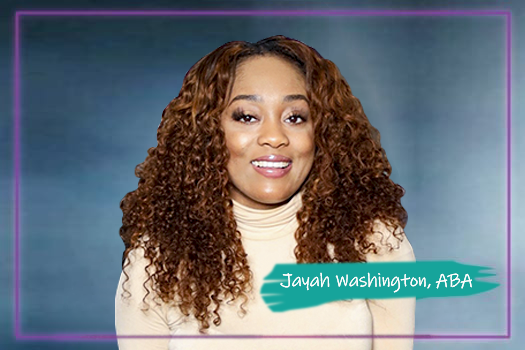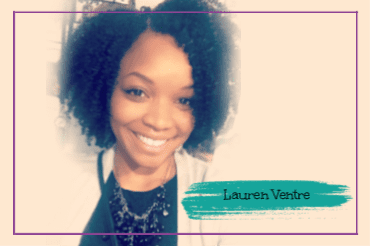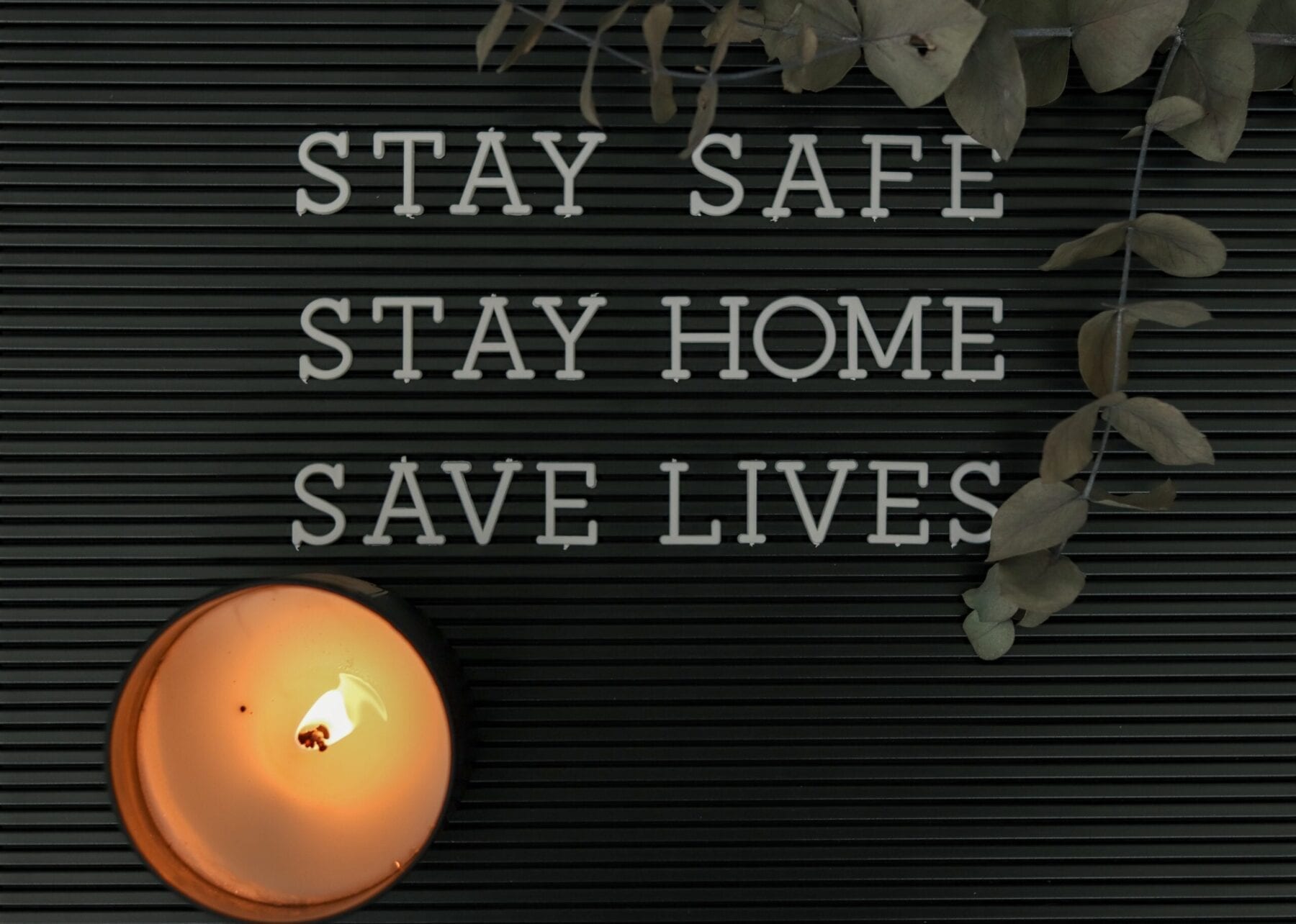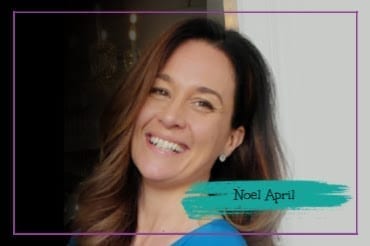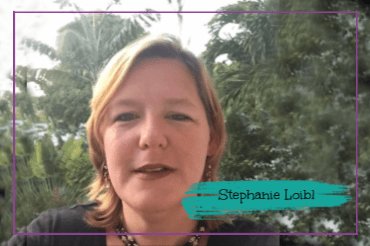If you have a child with autism, you probably know that loud noises can cause distress and lead to meltdowns. Fortunately, there are effective ways to reduce sensory overload, such as wearing noise canceling headphones.
In this article, we’ll tell you more about the sound sensitivity issues that children with ASD face and help you choose the best noise canceling headphones for your child with autism.
Why Child with Autism Struggles with Noise
Children with autism spectrum disorder perceive physical sensations in a different way than their neurotypical peers. Many children with autism suffer from the condition known as Sensory Processing Disorder (SPD) that makes their brains hypersensitive to surrounding sounds. As a result, they are easily distracted by background noises and may experience loud sounds as physically painful.
Children with autism with hypersensitivity to sounds are not always capable of distinguishing between important and irrelevant sounds. This may cause them to become easily overwhelmed in loud environments such as busy streets or shopping malls. They will typically react by covering their ears and eventually have a meltdown if they don’t know how to deal with the sensory overload.
Children diagnosed with autism spectrum disorder may experience different types of noise sensitivities, including:
- Hyperacusis—intolerance of everyday environmental sounds.
- Phonophobia—a fear of a specific sound such as an alarm or general environmental sounds.
- Hypersensitivity—extreme reaction to sounds with certain frequencies, especially above 70 decibels.
- Misophonia—sensitivity to certain soft sounds like breathing or eating that can provoke strong emotional reactions.
- Recruitment—a sudden painful and shocking increase in the perception of sound.
Recognizing Your Child’s Sound Sensitivity
Although sound sensitivity in children with autism is not always easy to detect, there are some common signs to look out for, such as:
- Avoiding noisy places that other children typically enjoy, for example, cinemas, concerts, or playgrounds.
- Noticing background noises, like beeping or buzzing, that other people don’t pay attention to.
- Reacting to high pitched and low humming sounds, like the noise made by a refrigerator or air conditioning.
- Being easily startled by sudden noises, such as alarms, sirens, and slamming doors.
- Being frightened by loud noises like fireworks or a fire engine alarm.
- Being easily distracted by background noise like distant chatter or traffic sounds.
- Covering ears with their hands, especially in situations when there are no noticeable loud noises.
Noise Canceling Headphones and Children With Autism
Although there is no cure for sound sensitivity, you can implement small changes to make your child’s daily life more comfortable. Noise canceling headphones are perfect tools that can help children with autism of all ages deal with disturbing ambient sounds and loud noises.
Noise canceling headphones can help reduce anxiety in places with background noise, like shopping malls, noisy streets, buses, or trains. What’s more, they can minimize the impact of sudden or loud sounds that your child may find frightening.
In addition to noise canceling, some headphones can provide calming sounds when the noise can’t be completely blocked. They are a great choice if your child struggles with anxiety induced by sound sensitivity.
How do Noise Canceling Headphones work?
Active noise canceling (ANC) headphones use a microphone to pick up the noise signals from the environment. They create opposite sounds and send them to your headphones where the two sounds cancel each other out. Some headphone models allow you to set the level of external sounds that your child will be able to hear.
choosingthe right noise canceling headphone
- Check the headphone’s noise reduction rating (NRR). This number shows by how many decibel sounds are reduced. For example, if the noise is 85 dB and your child is using headphones with an NRR of 20 dB, they will still be able to hear sounds of up to 65 dB. The highest NRR rating for earmuffs is 31 dB and 33 dB for earplugs.
- Consider your child’s noise sensitivity when checking noise reduction ratings. If your child is highly sensitive to sounds, you should opt for the highest possible noise reduction.
- Make sure the headphones fit as tightly against the ears as possible for optimal protection. At the same time, they must be comfortable enough for your child to wear them throughout the day. Keep in mind, however, that some children with autism are extremely sensitive to the pressure and texture of headphones.
- Headphones for children come in many different colors and patterns, so make sure to choose a design that your child will enjoy wearing.
- Online reviews by other parents of children with autism can help you decide what headphones are the right fit for your child’s needs.
There are many different types of headphones designed for children with autism. They come in a variety of shapes, sizes, and price ranges. The list below will help you find the best noise canceling headphones for your child.
What is the Difference Between Active Noise Cancellation and Passive Noise Isolation?
There are two main types of noise-canceling headphones available on the market: passive and active noise-canceling headphones.
- Passive Noise–Canceling Headphones: Passive noise-canceling headphones use physical barriers to block out ambient noise. These headphones typically have thicker padding and are designed to fit snugly over the ears, creating a barrier that blocks out noise. This type of noise-canceling headphone is often less expensive than active noise-canceling headphones, but it may not be as effective at canceling out noise.
- Active Noise-Canceling Headphones: Active noise-canceling headphones use microphones to detect external noise and generate a counter signal that cancels out the incoming sound waves. These headphones are typically more expensive than passive noise-canceling headphones, but they are generally more effective at reducing ambient noise. Some models of active noise-canceling headphones also have additional features, such as the ability to adjust the level of noise canceling, or to activate a transparency mode that allows the user to hear ambient noise when needed.
In addition to these two main types of noise-canceling headphones, there are also variations in design and features Which we will discuss next.
Variations of Noise Canceling Headphones on the Market
When it comes to noise-canceling headphones for individuals with autism, there are a few variations that may be particularly helpful. Here are some of the options to consider:
- Over-Ear Headphones: Over-ear headphones are a popular choice for individuals with autism because they can provide a snug fit that blocks out ambient noise. Look for models with padded ear cups that are comfortable to wear for extended periods of time.
- In-Ear Headphones: For individuals who prefer a smaller and more discreet option, in-ear headphones may be a good choice. Look for models with silicone or foam ear tips that can provide a snug fit and block out external noise.
- Bone Conduction Headphones: Bone conduction headphones are a newer type of headphone that use vibrations to transmit sound through the bones of the skull, bypassing the eardrums. This can be helpful for individuals with sensory sensitivities who find traditional headphones uncomfortable.
- Noise-Isolating Headphones: While not technically noise-canceling, noise-isolating headphones can still be effective at reducing ambient noise. These headphones use physical barriers, such as thicker padding or a tighter fit, to block out external sounds.
- Wireless Headphones: Many noise-canceling headphones now come with wireless connectivity, which can be helpful for individuals who are bothered by cords or who need to move around freely.
When choosing noise-canceling headphones for individuals with autism, it’s important to consider their individual needs and preferences. Some may prefer a more snug fit, while others may find it uncomfortable. Experimenting with different types and models can help find the best option for each individual.
Considerations When Choosing your Noise Canceling Headphones
Before you purchase noise canceling headphone for your child with autism, be sure to take these considerations into account
- Type of noise cancellation
- Comfort
- Fit
- Battery life
- Sound quality
By considering these factors, you can find noise-canceling headphones that provide the right balance of comfort, quality, and features for your child’s individual needs.
The 10 Best Noise Canceling Headphones for Children with Autism
1. BANZ Kids Headphones
The BANZ Kids Headphones are easy to wear and provide excellent protection from loud noises without completely canceling out ambient sounds. They are equipped with wide foam-filled cushions that make them comfortable to wear for longer periods. Highlights include an adjustable band with head supporting foam that extends to fit a variety of sizes.
These headphones are small enough to easily fit in a travel bag and are available in several different colors and designs. BANZ Kids Headphones are recommended for children aged 2 and up.
Noise reduction: 24.8 dB
Weight: 190 g
Price: $29.99
Customer rating: 4.7/5
2. Baby BANZ Earmuffs
Baby Banz Earmuffs are among the most popular headphones for children with autism. They are specifically designed and safety tested for newborns through 24 months. Baby BANZ are both lightweight and small enough for your child to wear even while sleeping. This model comes with super soft padding to protect your child’s sensitive ears and has an adjustable headband. Plus, there are over 20 colors to choose from.
Noise reduction: 31 dB
Weight: 124 g
Price: $34.95
Customer rating: 4.5/5
3. Comfort Wear Ear Muffs
National Autism Resources Comfort Wear Ear Muffs are designed to reduce any noise your child may find distressing, while at the same time allowing them to listen to you. They are comfortable enough for your child to wear them throughout the day or at night.
Key features include adjustable headband and soft foam cushioned ear cups that will comfortably fit over your child’s ears. The headphones are foldable so you can easily take them with you wherever you go.
Noise reduction: 27 dB
Weight: 170 g
Price: $29.99
Customer rating: 4.7/5
4. Master & Dynamic MW65 Wireless ANC Over-Ear Headphones
Master & Dynamic MW65 wireless headphones are perfect for canceling loud noises or muffling them with ambient sound. Your child can choose between a high mode for extremely noisy environments and a low mode for canceling noise passively, for example on a windy day.
The headphones are crafted from lightweight aluminum and boast ergonomic design with super-soft lambskin memory foam padding. They are an ideal choice for children with autism and teenagers who want to control the sound but still look stylish.
Noise reduction: 31 dB
Weight: 249 g
Price: $489
Customer ratings: 4/5
5. 3M Folding Earmuffs
3M Folding Earmuffs are affordable and effective headphones that provide professional ear protection from any noises that are at 85 dB and above. The headphones feature soft, pivoting ear cushions and an adjustable headband for maximum comfort. They also fold up neatly and take very little space.
Noise reduction: 25 dB
Weight: 318 g
Price: $12.77
Customer ratings: 4.1/5
6. Skullcandy Venue Wireless Active Noise Canceling Over-Ear Headphone
Skullcandy Venue headphones are a good choice for older children and teens with autism who want to control outside noise without compromising on style. They are fitted with active noise cancellation technology with an ambient mode option.
The headphones are equipped with soft memory foam ear cushions to fit your child’s ears and an adjustable headband. With a 30 m Bluetooth range, your child will also be able to move around when using a computer or tablet.
Noise reduction: 31 dB
Weight: 275 g
Price: $179.99
Customer ratings: 4.5/5
7. Muted Designer Hearing Protection for Infants and Kids
Muted Designer Hearing Protection is functional and fashionable noise protection for children with autism from toddlers to teens. These headphones come with an extra-wide padded adjustable headband and cushioned ear cups that are angled for a secure fit. They are exceptionally lightweight and foldable and are available in a range of fun colors and patterns.
Noise reduction: 27 dB
Weight: 249 g
Price: $29.99
Customer ratings: 4.7/5
8. Puro BT2200 Volume Limited Bluetooth Headphones with Built-In Mic
Puro BT2200 are sturdy and reliable headphones for children with autism aged 3 years and older. They offer passive noise canceling that blocks 82% of the ambient noise, which is enough to tune out extra sound but allows you to get your child’s attention when necessary.
Each pair is outfitted with an adjustable headband and cushioned ear pads with a durable aluminum build. They come in four different colors and a sleek design that will appeal also to older kids.
Noise reduction: 31 dB
Weight: 150 g
Price: $ 99
Customer ratings: 4.9/5
9. Dr.meter EM100 Kids Protective Earmuffs with Noise Blocking
Dr.meter EM100 Kids Protective Earmuffs are specifically designed for babies and young children. The ear cups are lined with non-irritating, cushiony synthetic leather that is comfortable for sensitive ears. All materials are safety tested and certified. They come in five kid-friendly colors.
Noise reduction: 27dB
Weight: 226 g
Price: $15.99
Customer ratings: 4.7/5
10. Mpow Noise Reduction Earmuffs
Mpow Noise Reduction Earmuffs are headphones with a high noise reduction rate, suitable for children between the ages of 3 and 12 with sensory processing disorders. They have adjustable headbands for comfort and soft padding that muffles out sounds and ensures a snug fit.
Mpow headphones are made of eco-friendly and non-toxic materials. This model is easily portable and comes with a convenient travel drawstring bag.
Noise reduction: 25 dB
Weight: 271 g
Price: $18.29
Customer ratings: 4.9/5
If you are ready to work with the best ABA therapy provider in New York, New Jersey or Indiana, give us a call at (732) 402-0297. Our dedicated team is ready to help and we will treat you like family.

